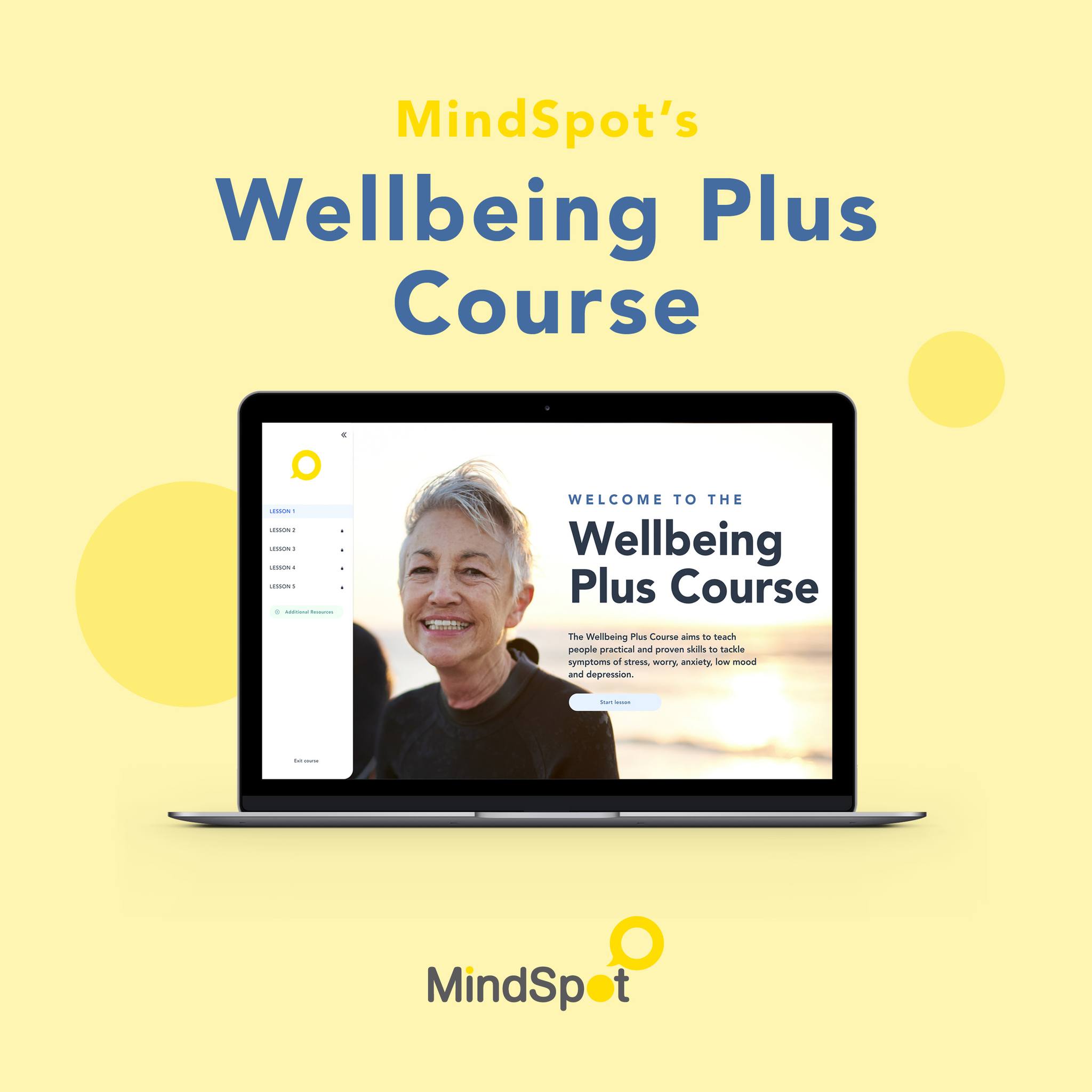This weekend, the aged care sector will see a major shakeup that’s been a long time coming. The reforms include a statement of rights for older people who are receiving publicly funded care, as well as putting the system on a more sustainable financial basis, given the growing demands of an ageing population.
The Albanese government’s reforms have been broadly welcomed. But there are questions about the impact of the changes, including increased costs for better-off retirees.
To talk about how the new changes will affect older Australians, we’re joined by the Minister for Aged Care and Seniors, Sam Rae. He explains why the funding overhaul was needed, as well as what some pensioners will now have to pay for.
We’ve seen an 800% growth in government expenditure on in-home aged care over the last decade. And so as we transition to support at home, we bring in the co-contribution model.
Now, people who are already receiving care and who are part of that care system prior to September 2024 will have their arrangements grandparented, such that they won’t change.
But people who are newer to the system – that is, since September 2024 – they are going to be asked, where they have the means to do so, and that will be means-tested, to make a co-contribution to some of the care.
Now the government will continue to pay for 100% of the clinical care for every single Australian. But when it comes to independence-related care, a full pensioner will be asked to make a 5% percent co-contribution to the cost of those services provided. But we will have very strict and robust guardrails around that, including provision for hardship if people aren’t unable to make those payments to ensure they have continuity of care always.
Showering and gardening are among the “independence-related” care services that some pensioners will be asked to help pay for. Asked why showering isn’t being entirely funded as a necessity, Rae says:
We’ll be monitoring this very closely […] We want to make sure that every single older person gets the care that they need and that they deserve. So there are very modest co-contributions associated with some services, such as showering, that we are asking people who have the means to contribute to to do so.
On the long waiting list for home care packages, Rae says around 120,000 Australians were waiting for a package in September this year – and “that has been rising” over recent months.
Nevertheless, 99% percent of those people who are currently within the national priority system are either already receiving a home care package at a lower level than they are necessarily waiting for at this stage, or they’re eligible to receive home care assistance under the Commonwealth Home Support Program.
[…] Many of the people who are waiting for aged care assessments may not ever require home care. They may either require a lesser level of care or a greater level of care. There are also many who are already in the home care system, but who are also waiting for additional assessment for one reason or another, depending on their evolving circumstances.
Rae says the changes are designed to try to keep up with Australia’s ageing population.
Five years ago we had about 150,000 people receiving in-home care. We now have over 300,000 people receiving in-home care. So that’s a doubling in just five years.
As you would be aware, we’re in the process at the moment of rolling out 83,000 additional home care packages just this financial year, in order to try and address some of that increasing demand.
[…] One of the really important features of the new support at home program, which comes into effect from Saturday, is that it has an inbuilt growth component to it. So it draws upon the Treasury modelling of our ageing population and demand for in-home care and has an annualised growth component associated with it, so that we don’t have to rely on ad hoc increases to the supply of home packages. We will be able to meet that demand moving forward.
Michelle Grattan, Professorial Fellow, University of Canberra
This article is republished from The Conversation under a Creative Commons license. Read the original article.






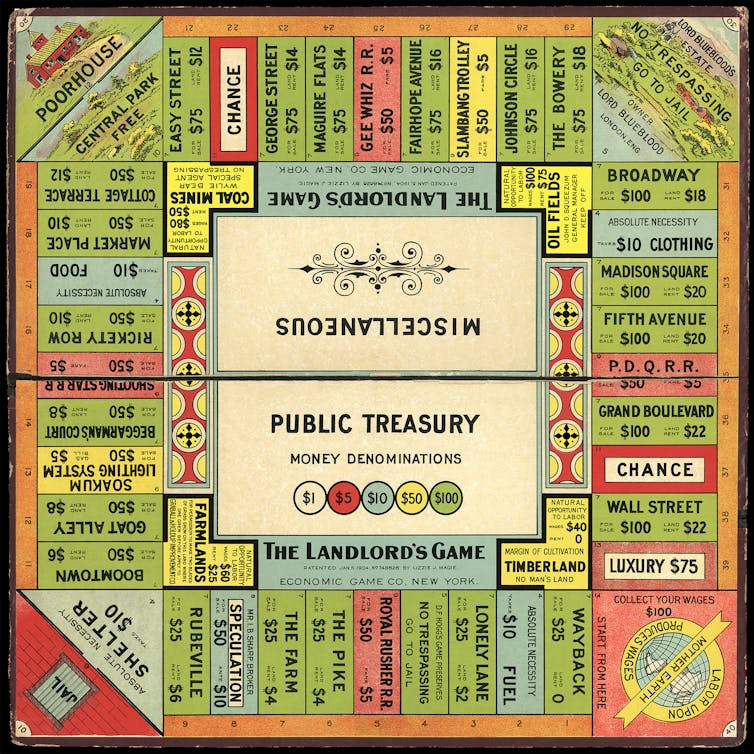
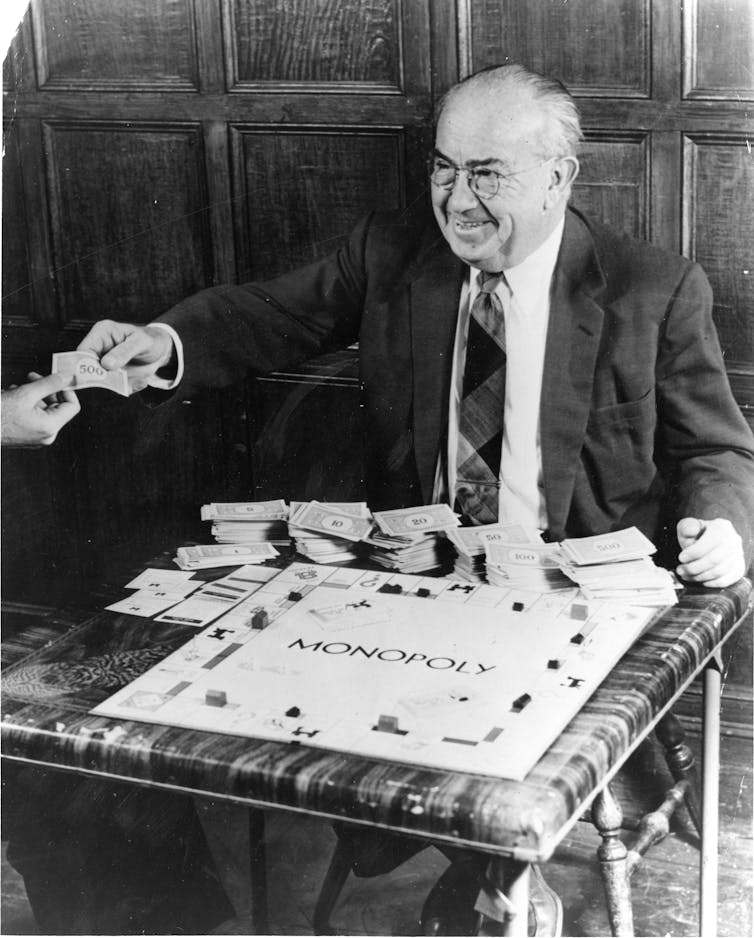



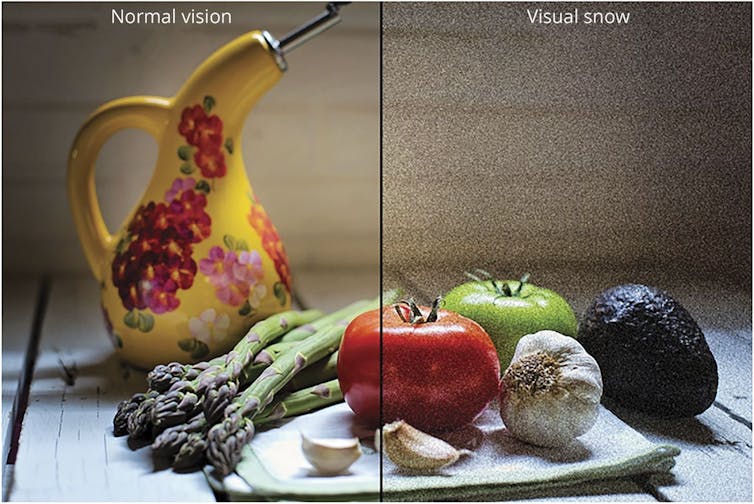
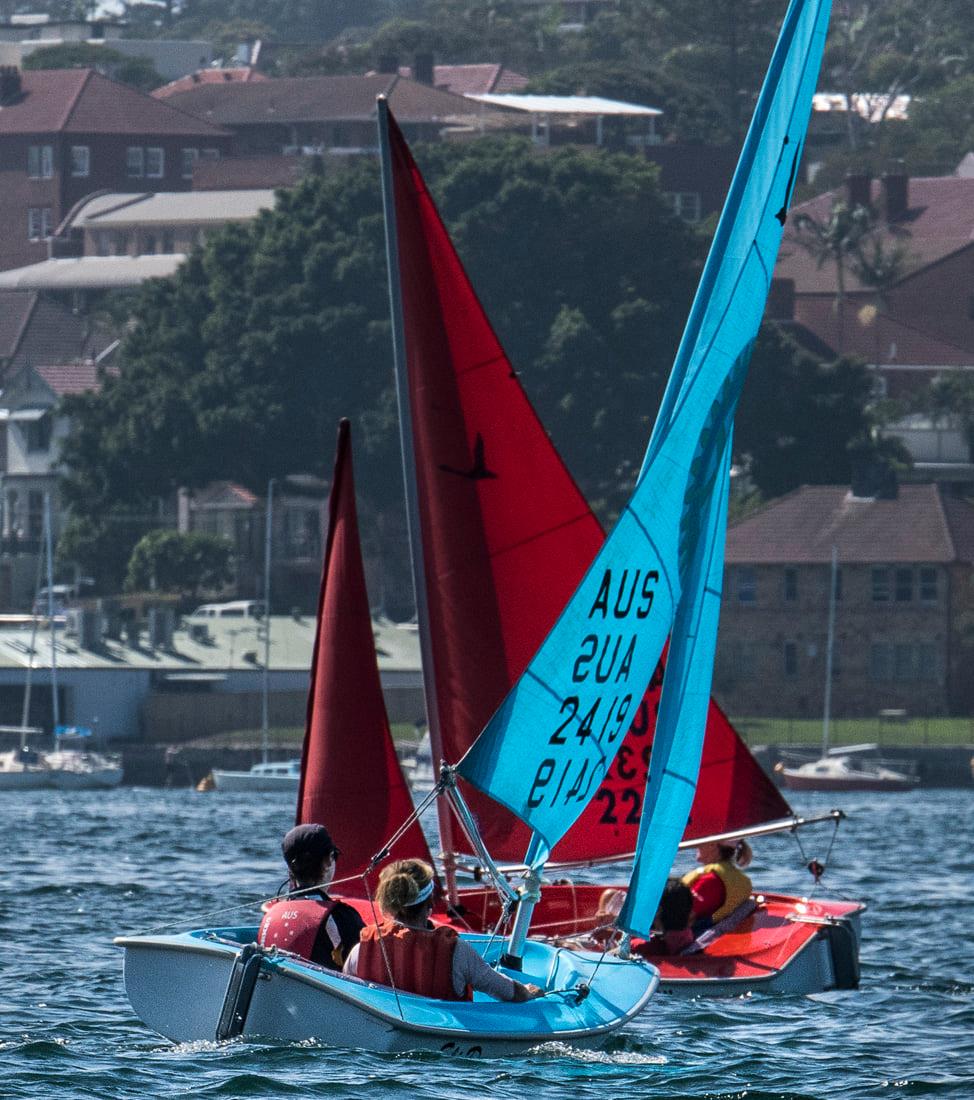


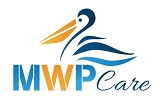


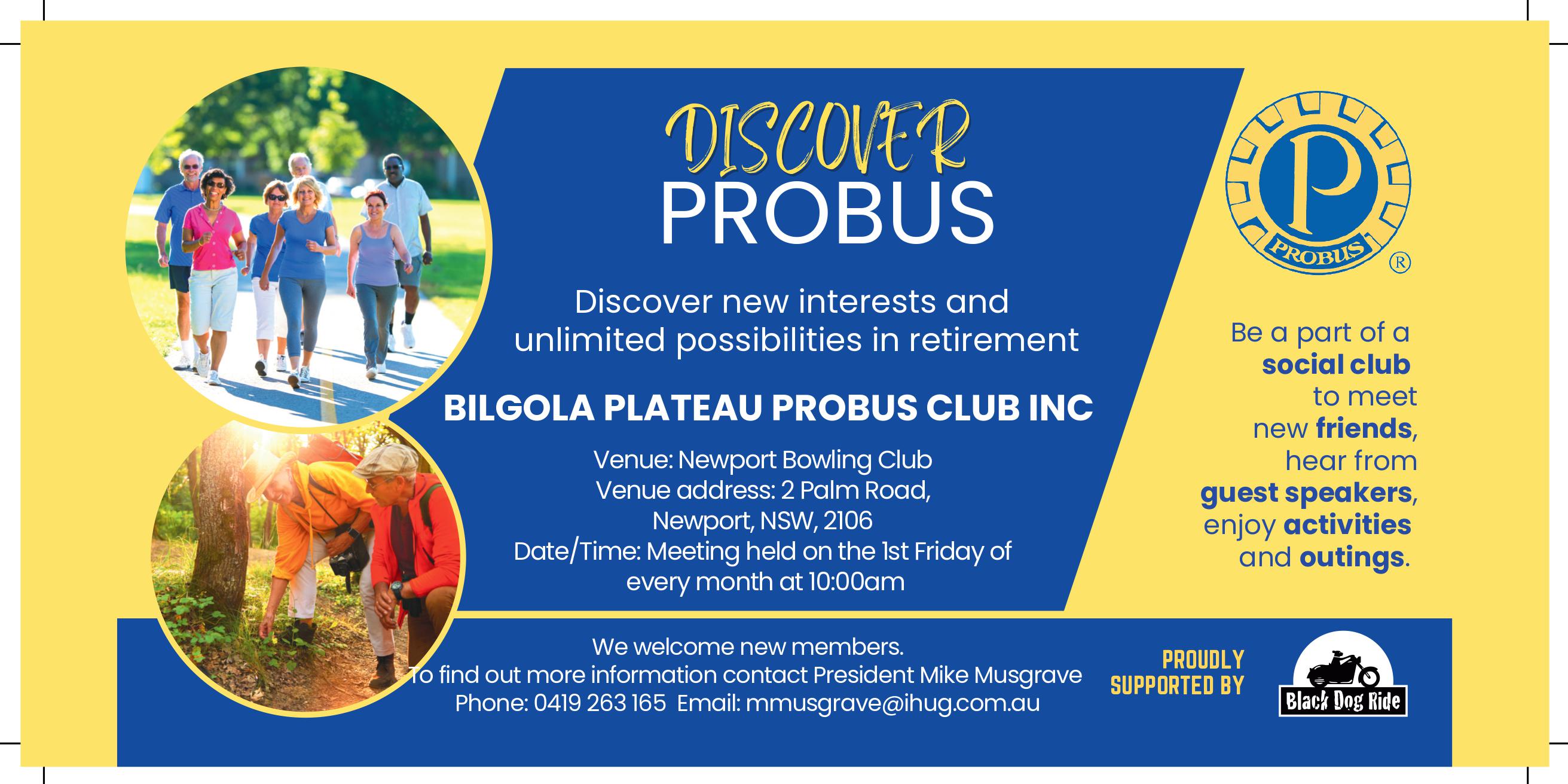
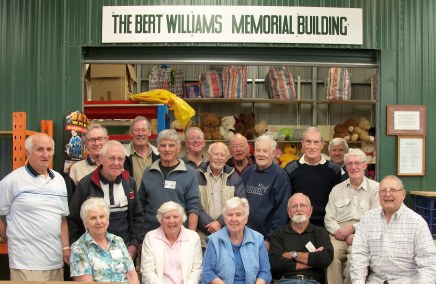
 The Senior Newspaper Online
The Senior Newspaper Online 
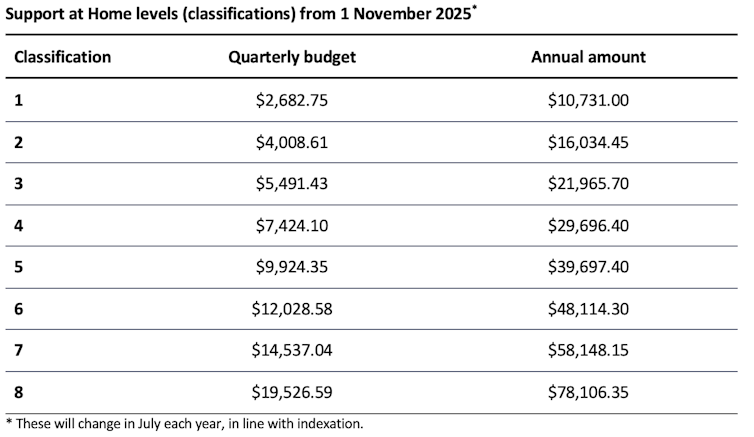
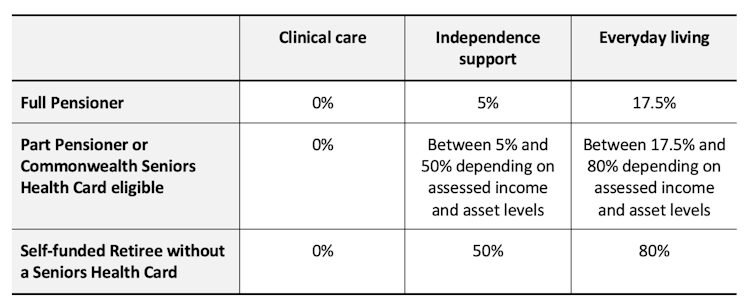
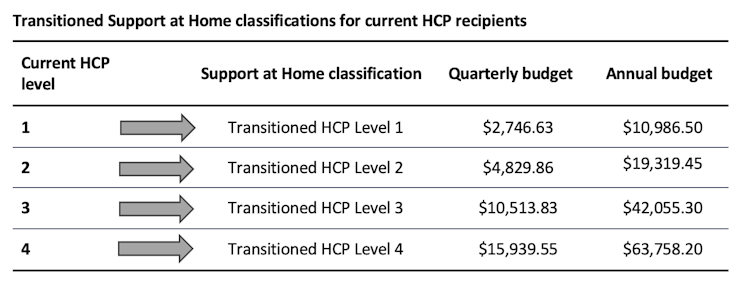

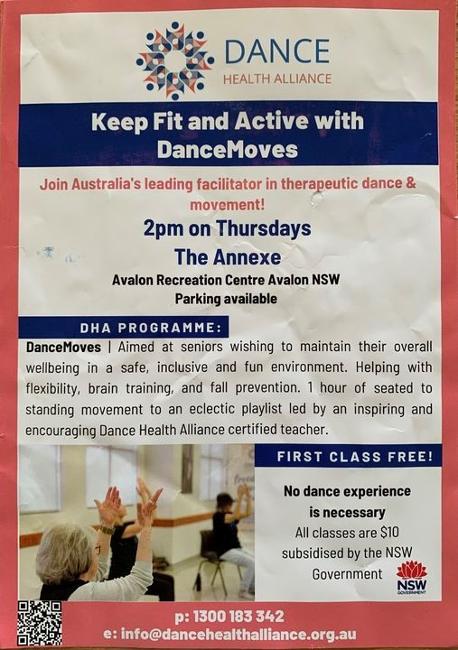
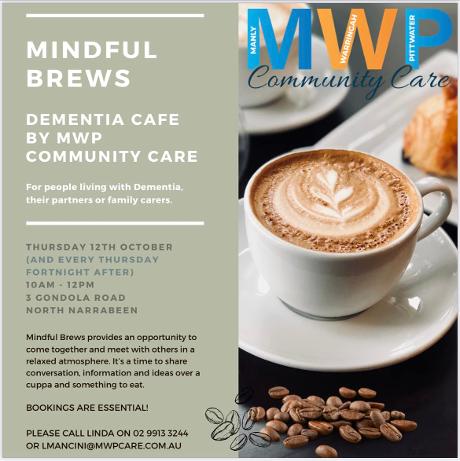
.jpg?timestamp=1721759749783)

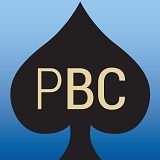
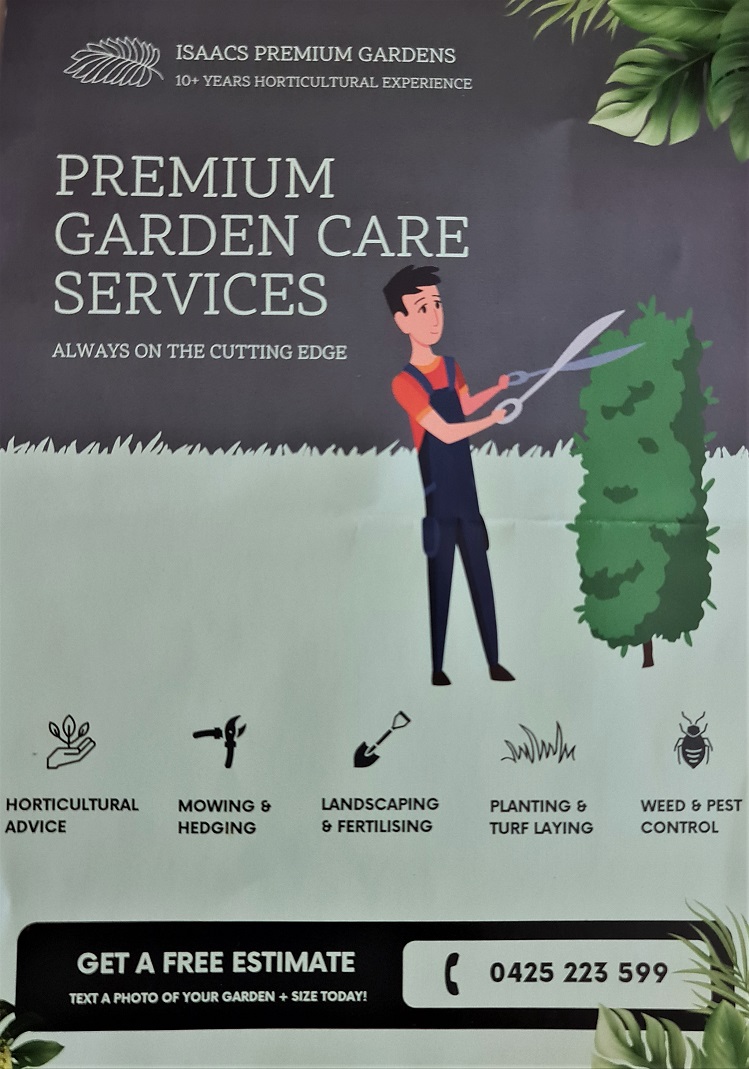

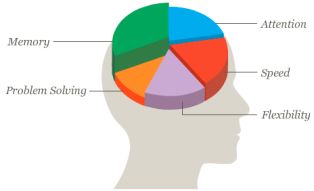 A regular contributor suggests we all look at Lumosity to see if will suit keeping active mentally. Their website states: "improve Brain Health and performance. Designed by neuroscientists, Lumosity exercises improve core cognitive functions. Researchers have measured significant improvements in working memory and attention after Lumosity training. Dozens of research collaborations help improve the Lumosity training program and its effectiveness." You can visit their website to decide for yourself at:
A regular contributor suggests we all look at Lumosity to see if will suit keeping active mentally. Their website states: "improve Brain Health and performance. Designed by neuroscientists, Lumosity exercises improve core cognitive functions. Researchers have measured significant improvements in working memory and attention after Lumosity training. Dozens of research collaborations help improve the Lumosity training program and its effectiveness." You can visit their website to decide for yourself at: 
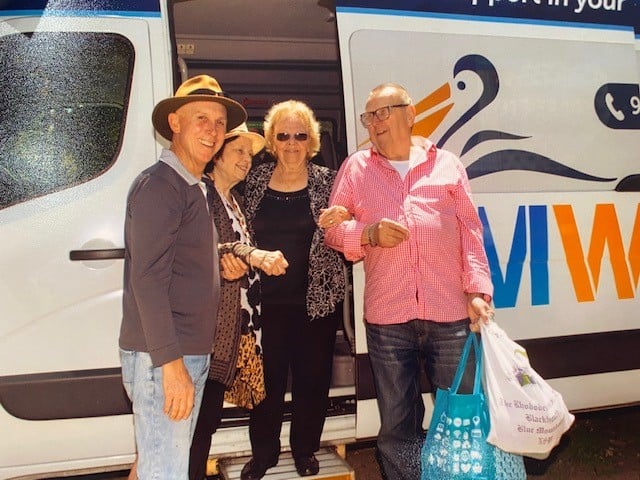
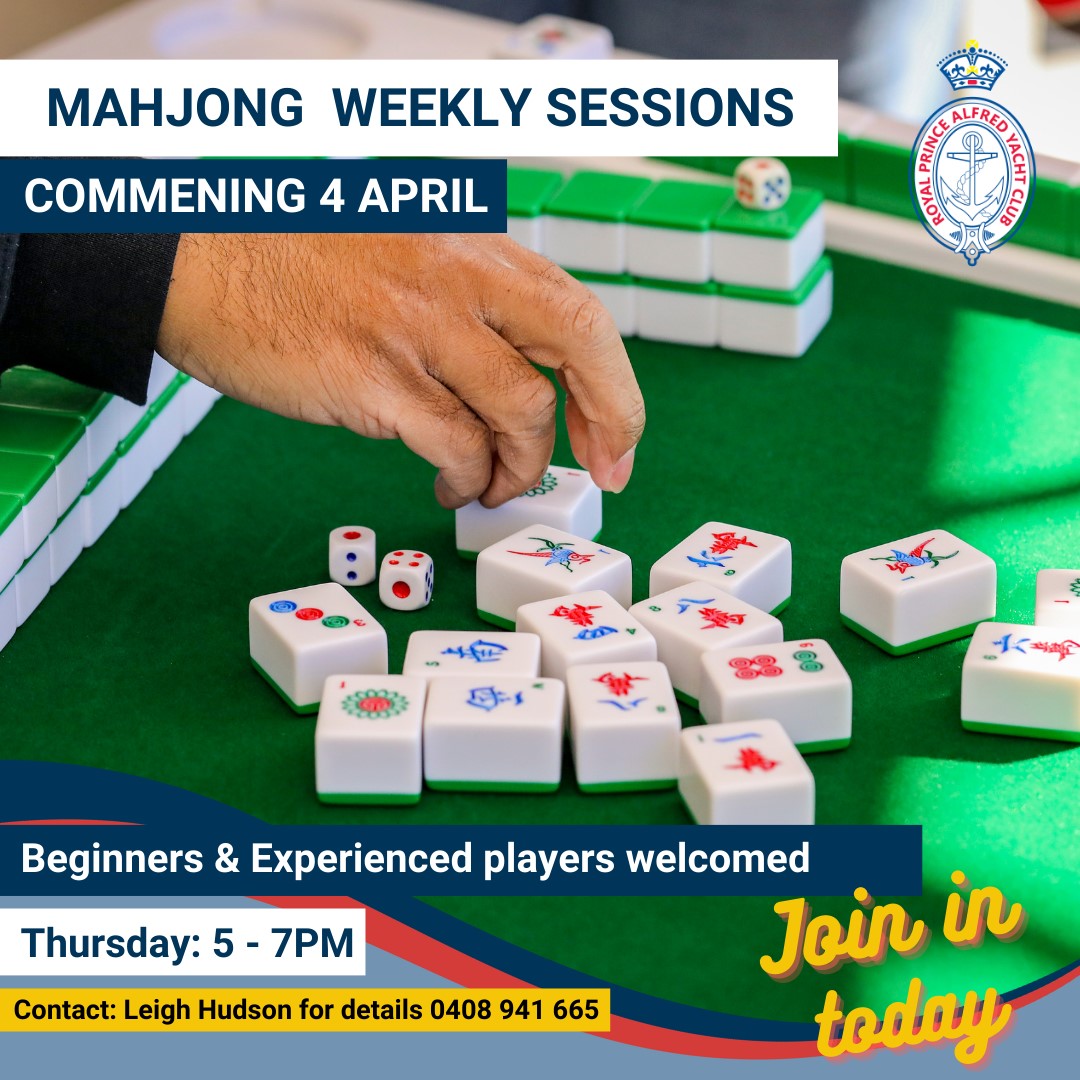
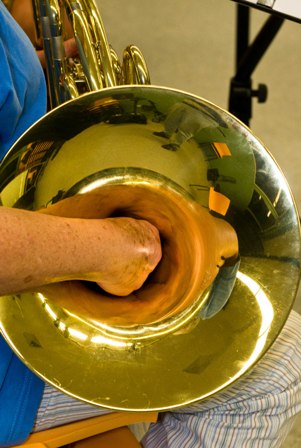
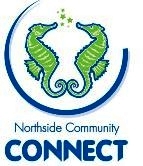 Community Connect
Community Connect
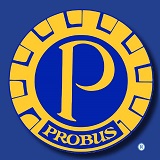
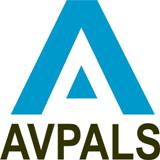
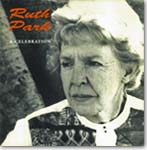 The National Library of Australia provides access to thousands of ebooks through its website, catalogue and eResources service. These include our own publications and digitised historical books from our collections as well as subscriptions to collections such as Chinese eResources, Early English Books Online and Ebsco ebooks.
The National Library of Australia provides access to thousands of ebooks through its website, catalogue and eResources service. These include our own publications and digitised historical books from our collections as well as subscriptions to collections such as Chinese eResources, Early English Books Online and Ebsco ebooks.